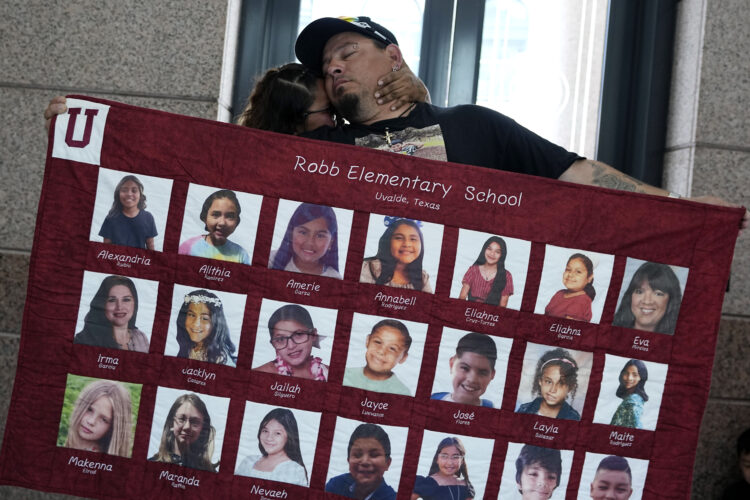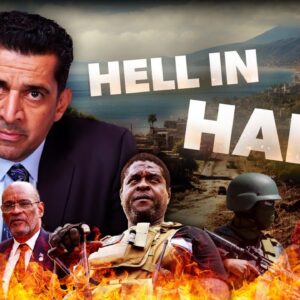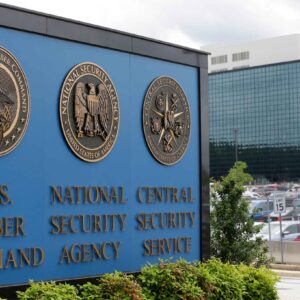It has been one year since the Uvalde school shooting at Robb Elementary School took the lives of 21 souls. 19 students and 2 teachers were taken from their families after a deranged 18-year-old, Salvador Ramos entered the school with an AR 15-style rifle and began the shooting spree.
What have we learned from this tragic event, one year later?
Learn the benefits of becoming a Valuetainment Member and subscribe today!
Nearly 400 officers from various local, state and federal law enforcement agencies arrived to the scene. The lone gunman had taken control of two interconnected classrooms where 33 students and three teachers were trapped. Shockingly, despite established active shooter protocols urging swift action, the law enforcement officers did not immediately engage the assailant.
Instead, the officers encountered gunfire upon their initial approach, forcing them to retreat. The situation escalated as they waited for over an hour for a specialized Border Patrol tactical team to arrive and breach the besieged classrooms. This prolonged delay has raised questions regarding the adherence to nationwide protocols, which emphasize the immediate neutralization of an active attacker.
Investigations into the tragic incident and video footage obtained from within the school have shed light on a series of missed opportunities by the 376 officers present that day. Communication breakdowns and leadership issues plagued their response, leading to critical lapses.
Inside the school, certain officers attempted to approach the seized classrooms, but unfortunately, they were not supported by their colleagues, as records and video evidence reviewed by The Texas Tribune.
In a frustrating turn of events, a state trooper urged fellow officers to take action, only to be informed by a police officer that no such orders had been received. Perplexingly, some officers seemed to believe that the incident was under the jurisdiction of Pete Arredondo, the police chief of the Uvalde school district.
Although Arredondo did instruct officers to evacuate other classrooms at one point, he has denied assuming the role of incident commander responsible for leading the overall law enforcement response. Furthermore, Arredondo’s decision to leave his police radio behind significantly impeded his communication with the officers at the scene.
News sources were reporting that an off-duty agent went into the building and killed the shooter himself – that agent was Customs and Border Protection agent Jacob Albarado who was indeed, off-duty that day, but rushed to the school to help law enforcement evacuate the school. He succeeded in saving his daughter who was a student there as well as his wife who was a fourth grade teacher.
“I didn’t shoot the guy – I wasn’t in the room with him shooting the guy. I never said I shot him,” Albarado confirmed when being interviewed by CBS News last year. “I did try get into the building on time, but I didn’t have my gear, so it wouldn’t have been a smart decision for me to get inside the building – I didn’t have my vest. A shot gun is not a good enough defense.”
The incident at Robb Elementary stands as a grim reminder of the need for effective coordination, clear communication, and decisive action during such crisis situations. The lessons learned from this tragic event will undoubtedly shape future law enforcement protocols and training to prevent similar occurrences in the future.


















Add comment